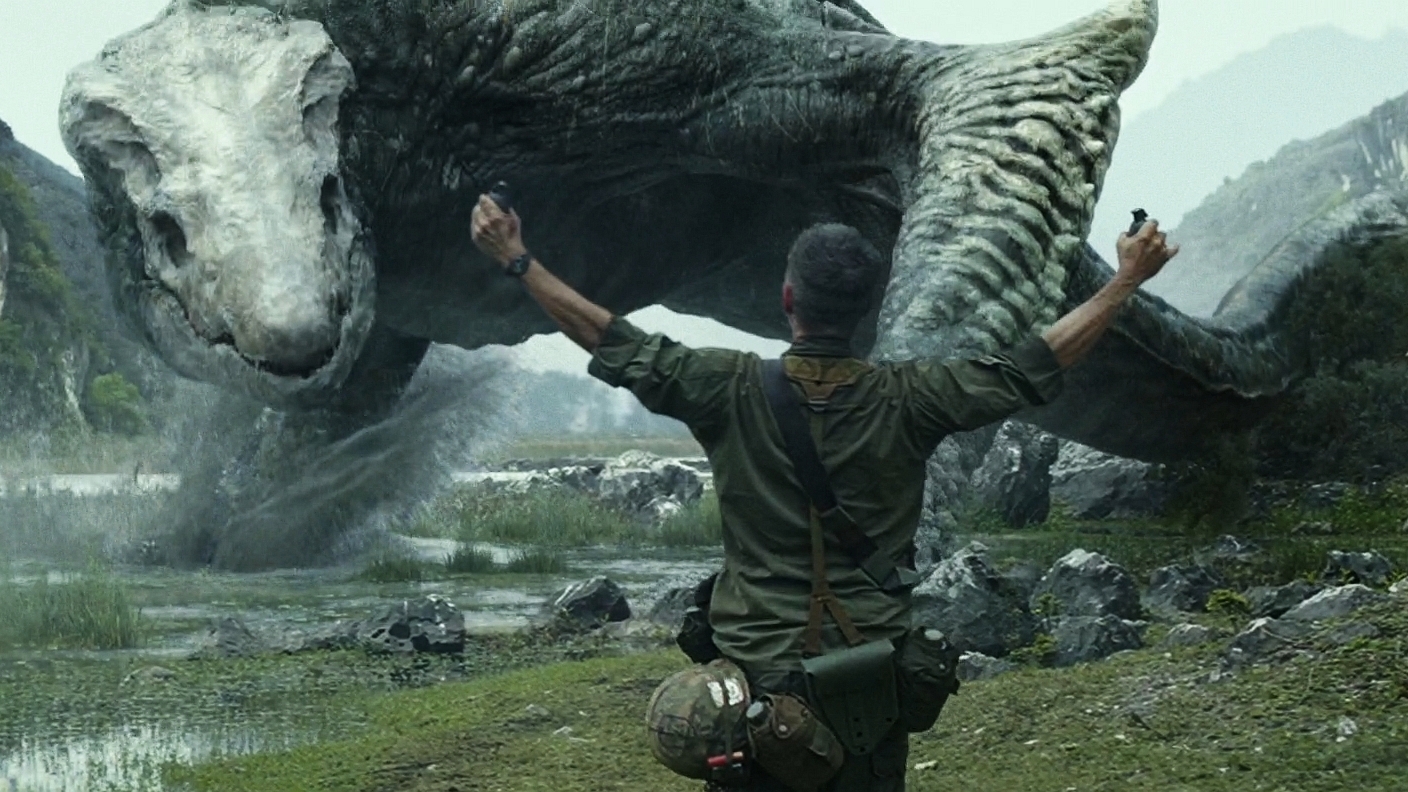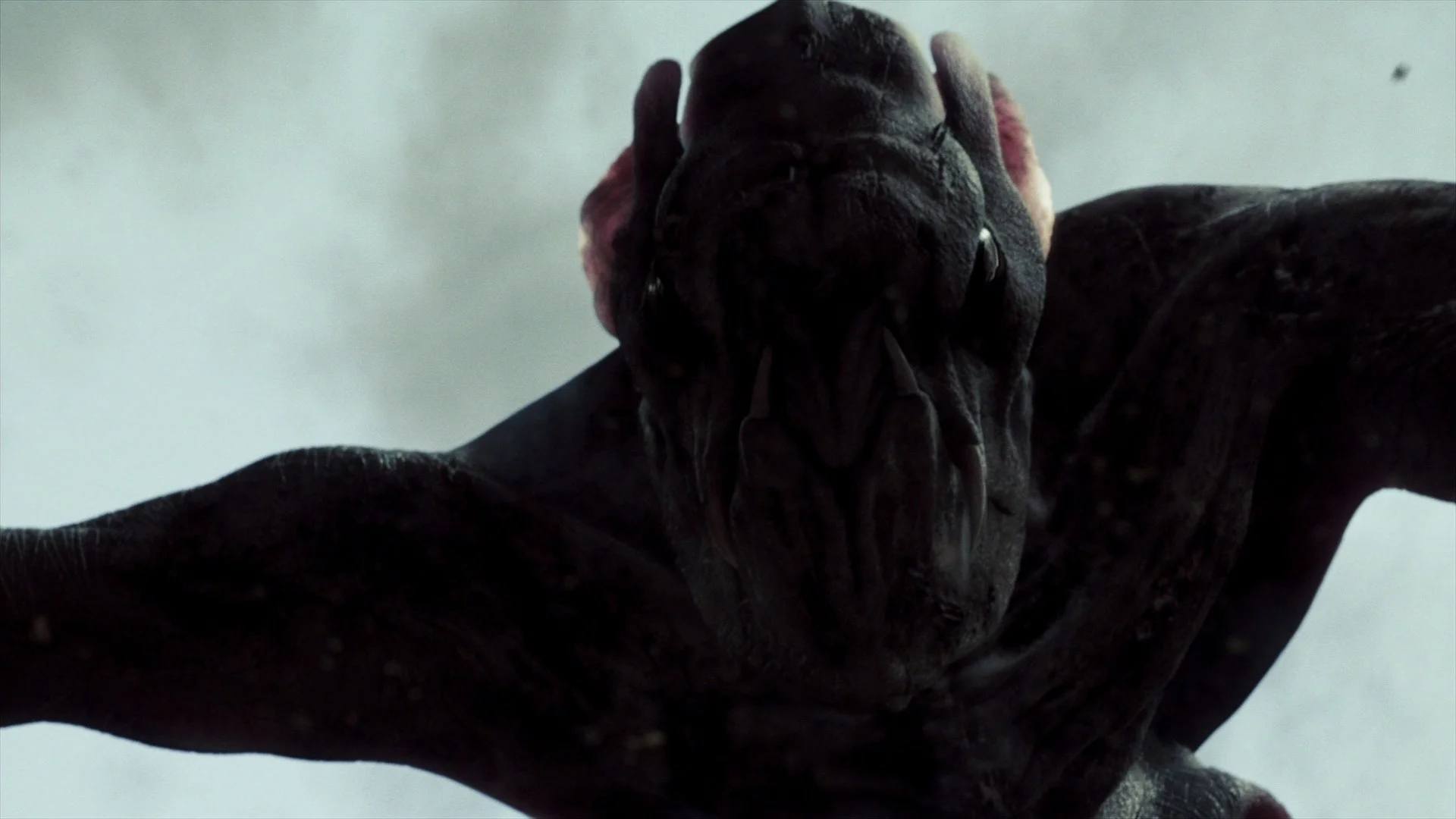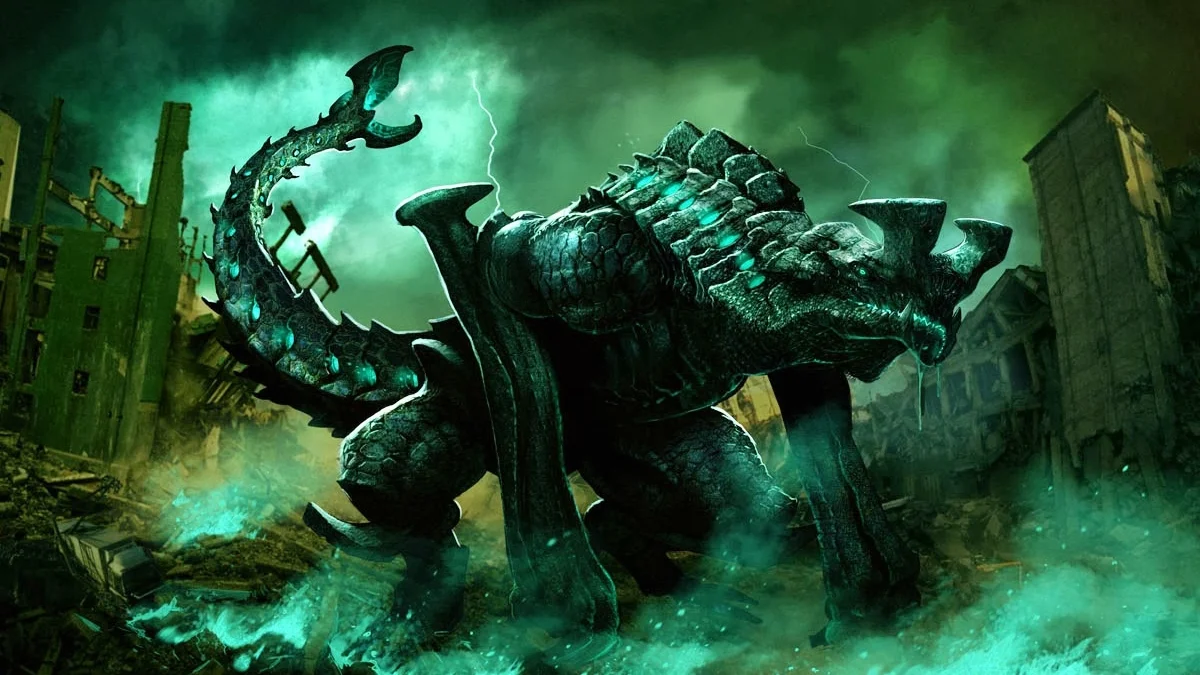The 5 Best Kaiju of the 21st Century
Kaiju movies are having a resurgence that is sure to make any lover of monster movies quite happy. Whether it’s an attack on a post-9/11 New York City, or a land that time forgot, there is no shortage of visually engaging creature features. Though some of the movies have been more divisive than others, the creatures in the features remain as worthy additions to cinematic canon. Here are five of the best Kaiju of the 2000s:
Skullcrawlers from Kong: Skull Island (2017)
Part Cubone from Pokemon, part Komodo dragon, these gigantic reptiles are relentless carnivores. Skullcrawlers are bipedal creatures but have long, snake like bodies. The most obvious physical attribute is its head, which appears skeletal. They lack the tact of other monsters on this list but their ferocity may be unmatched. Fast moving and seemingly without dietary restrictions, an infant could still decimate a squad of soldiers with ease. If these creatures were ever to touch ground on the mainland, it would be a gnarly sight. Probably in IMAX.
Shin Godzilla from Shin Godzilla (2016)
The design of Shin resembles the goofy costume worn throughout the decades by man, only to repurpose the silly nature into something terrifying. The separation of our reality in the ever open eyes of Shin Godzilla present us an ambivalent malevolence of an unstoppable monster. And that’s just the tip of the atomic iceberg. This Godzilla physically evolves into a creature more dangerous in every form. The atomic breath has never been more terrifying. However, perhaps the scariest image is in the film’s final moments. A defeated and frozen Godzilla appears to have protrusions at the end of his tail, tiny humanoid monsters appearing to break free.
MUTO from Godzilla (2014)
The designs aren’t overly complex: sleek black and grey metal with thin, bioluminescent eyes. They’re efficient monsters, arguably as underappreciated as the film that bore them. In Kaiju tradition, the monsters represent social and political anxieties of our reality. The 2014 Godzilla redefines Godzilla as a being of nature, ambivalent about human interests but a table setter for the planet. Here, it’s the MUTO (Massive Unidentified Terrestrial Organisms) who pick up the mantle of Godzilla’s original roots in atomic terrors. Two creatures, a male and a female who travel thousands of miles to meet and mate after years of feeding off Japanese and American nuclear arsenals.
Clover(?) from Cloverfield (2008)
Possibly the greatest argument of “less is more” since Steven Spielberg’s Jaws, and a scary realization of post-9/11 trauma. From the perspective of those living through the event in the film, and by proxy the audience, we don’t understand. How could we? All we know is a giant monster came to attack and people are trapped in the midst of it all. The answers don’t matter. Not with Clover, anyways. Clover is a monster built awkwardly and propulsively, tearing through cities and dropping parasites that continue its scourge through every crevice of New York City.
Codename: Otachi from Pacific Rim (2013)
Guillermo Del Toro’s Pacific Rim was filled with iconic monster designs. His career is devoted to the genre, so how could it not be? While first impressions are important, and the first Kaiju’s name is Knifehead(!), it’s Otachi who gets the film’s biggest moment. After crashing through Hong Kong on the search for the human-Kaiju drifter, Newt, Otachi enters a city wide beatdown with the mecha, Gipsy Danger. When victory seems out of Otachi’s grasp, having lost its tail and sac of acid from its mouth, Otachi grabs ahold of the mecha and sprouts wings. Otachi takes flight to the edge of the planet’s atmosphere before being sliced in half, an iconic image of humanity’s triumph over ever-evolving monsters.


















